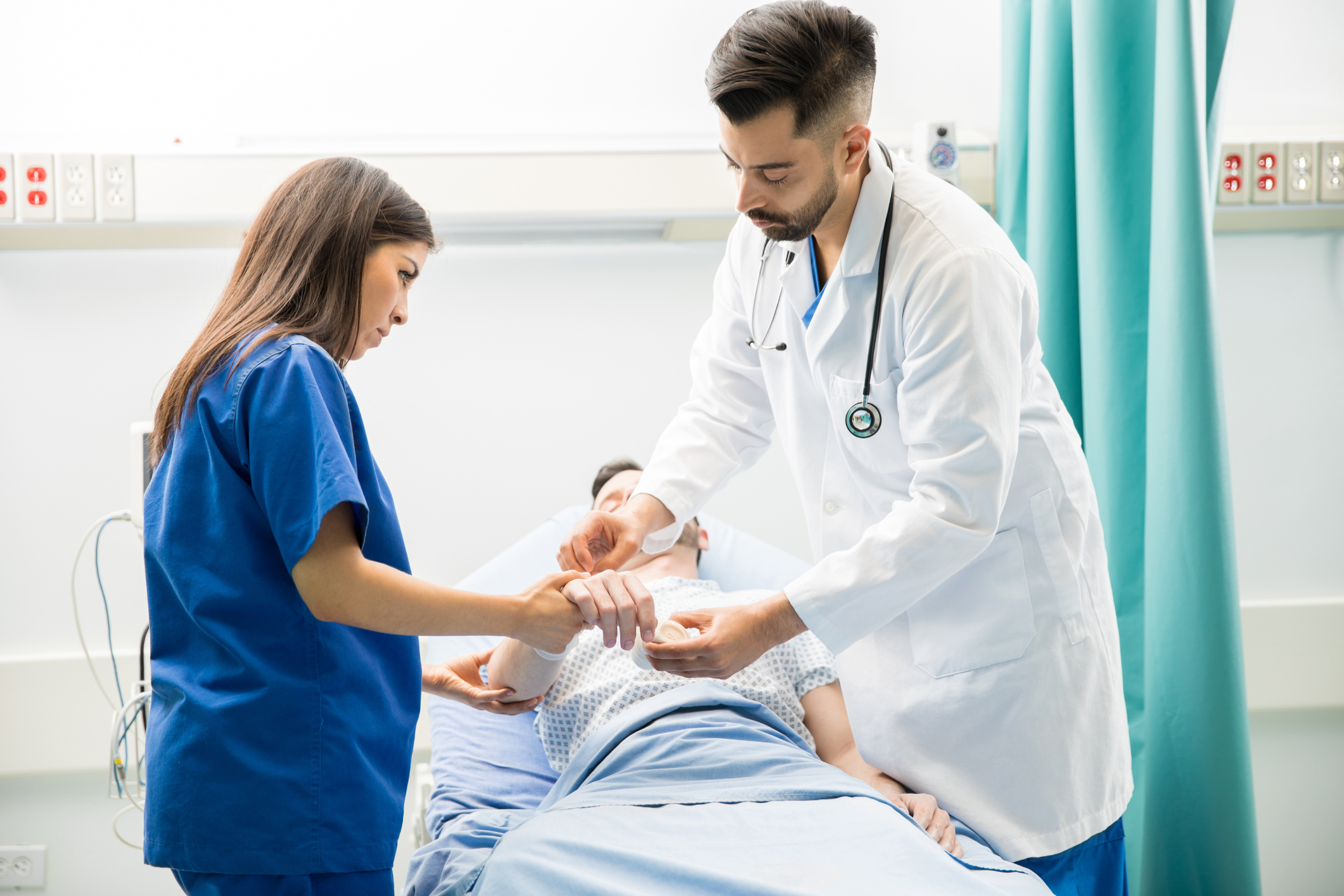By Kylie Davidson, Cadence F. Bowden, Elizabeth Mascone, Hannah Shepherd, Stephen Crystal
Emergency departments play a critical role in the continuum of care for opioid use disorder, and New Jersey has enacted a range of initiatives and interventions to address the opioid crisis in this setting, including the Opioid Overdose Recovery Program, financial incentives such as the Department of Health’s Quality Improvement Program (QIP-NJ), and establishing two regional Medication Assisted Treatment Centers of Excellence, one based in University Hospital in Newark and the other in Cooper Hospital in Camden. We spoke with Michele Calvo, MPH, Director of Opioid Response and Policy at the New Jersey Department of Health, to further explore the state’s efforts in providing substance use disorder treatment in NJ emergency departments.
Q: What opportunities do you see for the future of substance use treatments in emergency departments in NJ?
Michele Calvo: The New Jersey Department of Health is committed to improving care for substance use disorder (SUD) in emergency departments (ED) and hospital systems to ensure that the care provided is respectful, evidence-based, and culturally sensitive. There are many promising models both within New Jersey and nationally that have been shown to improve linkage to care and outcomes for individuals with SUD treated in the ED. This includes initiation of medications for opioid use disorder (MOUD) such as buprenorphine, engagement with navigators or individuals with lived experience of SUD (e.g., peers), distribution of harm reduction supplies, referral to harm reduction centers and ongoing evidence-based SUD treatment, and naloxone leave behind for patients and their family/friends.
Q: Is the Department of Health currently pursuing any policies or programs to improve the delivery of SUD treatment within emergency departments?
MC: The Department is currently partnering with Vital Strategies, the Department of Human Services, and the NJ Hospital Association to conduct a capacity assessment of NJ hospitals to understand the current landscape of hospital and ED practices for substance use emergencies, such as those listed above. Following the results of this assessment, we will be working with our partners to design training and technical assistance for hospitals to promote adoption of additional evidence-based practices in the ED. Additionally, we recently issued a Request for Applications for an emergency department peer navigator program to support engagement in MOUD in the ED and linkage to ongoing care and services. This will build on other similar state-sponsored initiatives like the Opioid Overdose Recovery Program (OORP) supported by the Division of Mental Health and Addiction Services by adding services at University Hospital, one of the hospitals that treats the most overdoses in the state. Recognizing the Emergency Department as a critical access point of care for people who use drugs and the urgent need to standardize care for addiction within health care settings, the Department is committed to scaling successful models of care throughout the state.
Q: What kinds of research do you think would be helpful to improve care for people with opioid use disorder (OUD) presenting to emergency departments, or would be helpful for the Department of Health to pursue its goals in this area?
MC: Given the increasing rates of overdose among Black and Hispanic residents in our state and geographic disparities, it would be valuable to understand how treatment for OUD may differ by race/ethnicity and by geography throughout the state within EDs. We could then better target training and technical assistance with these results.
Q: Are there any goals or plans the Department of Health hopes to accomplish in terms of improving the overall landscape of substance use treatment in emergency settings?
MC: Overall, our goal is for overdose and substance use disorder to be treated like any other health condition within healthcare settings. We have effective medications and harm reduction interventions that save and improve lives. It has been shown that these interventions can be implemented within EDs. If widely implemented, we could dramatically reduce overdose deaths. Every health system can treat overdose and SUD effectively with the right support and we hope that we can help make that a reality.

